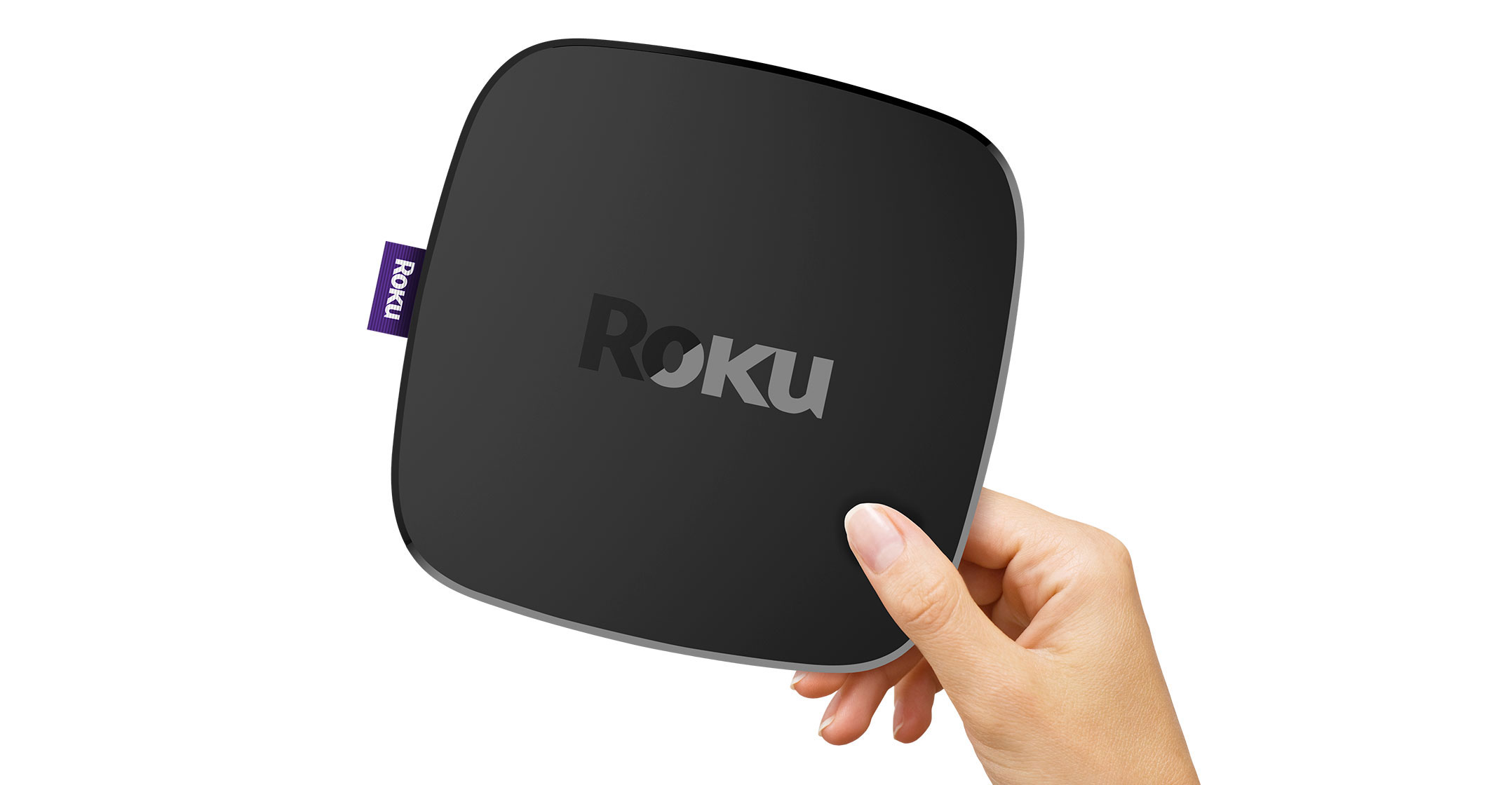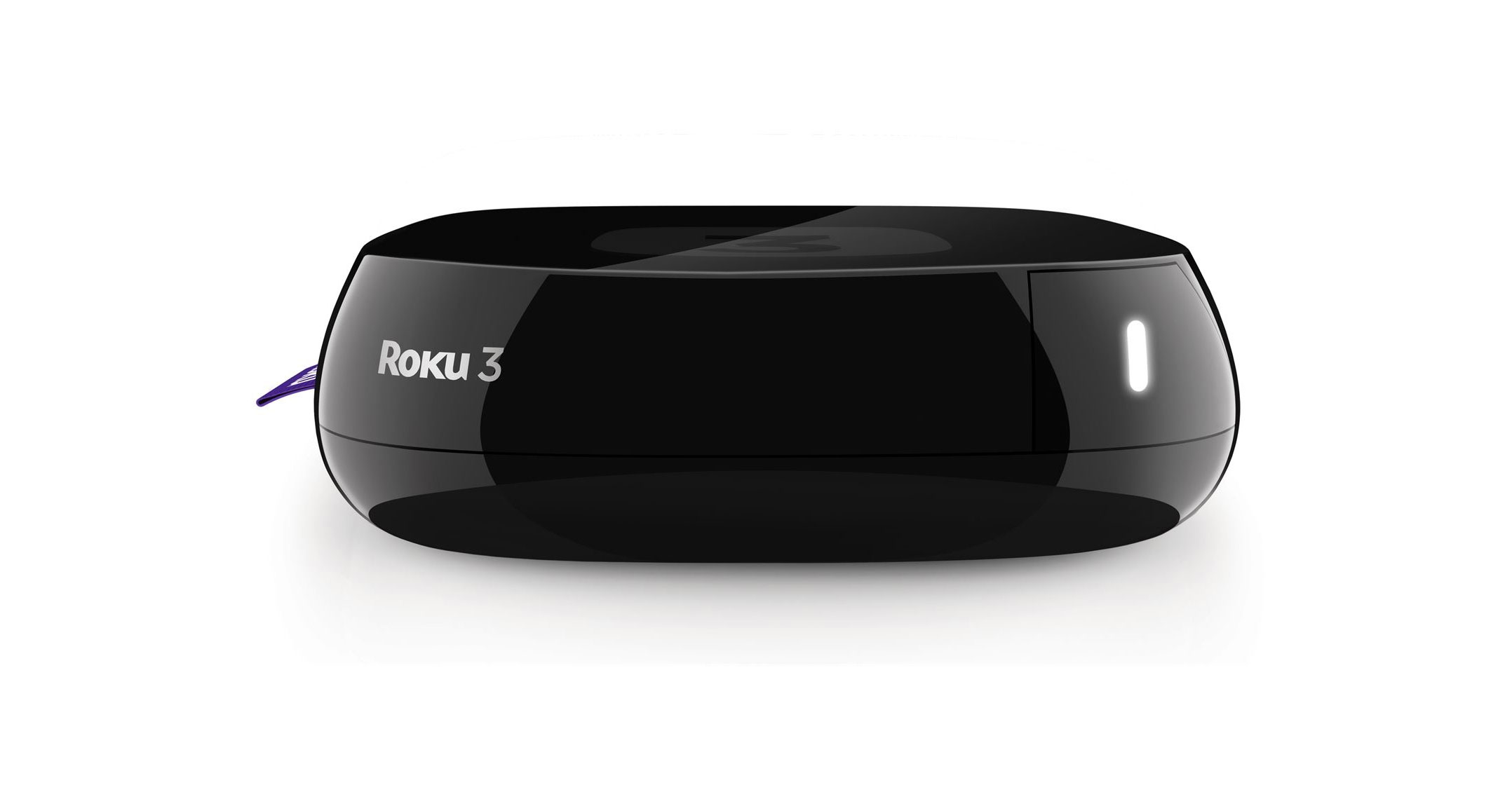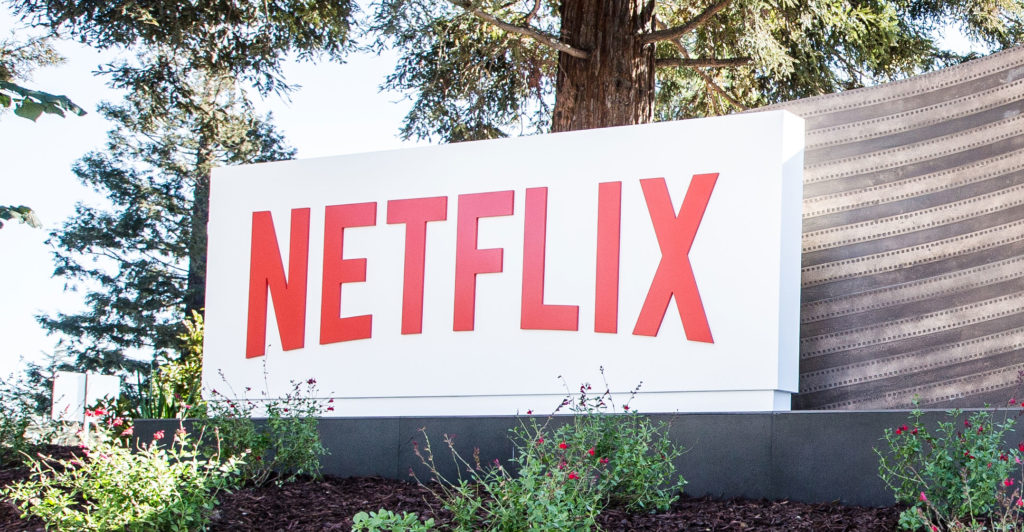
Roku’s trading debut has catapulted it among the biggest gainers for newly listed technology and communications stocks as investors bet on the success of streaming video.
The shares closed at a high on its first day of trading at US$23.50, up 68% from its $14/share initial public offering price. That surpassed MuleSoft’s first day rise in March, making Roku the top first-day climber of 2017 for a US-listed tech company with an IPO bigger than $50m. Its first-day performance was the fifth best of the past three years.
Investors bought $219m worth of Roku stock, with 15.7m Roku shares selling for $14 each. They were initially marketed for $12 to $14 apiece. The company sold nine million shares, while its biggest investor, Menlo Ventures, sold six million.
Public market investors are angling for a piece of the maker of the best-selling video streaming device. It’s a bet on customers continuing their cord cutting to watch more movies and shows beyond old-school cable subscriptions.
Software maker MuleSoft, which gained 46% on its first day of trading, has risen 19% since March.
Roku’s first-day success on Thursday also reveals a continuing appetite for tech-related IPOs. Still, a strong debut hasn’t guaranteed continued gains for two of the year’s highest-profile listings. Snapchat owner Snap, which had the second best first day for a tech IPO this year, is trading 15% below its $17 offer price in March. Online meal-kit delivery service Blue Apron Holdings closed at $5.59/share on Thursday, 44% below its June debut.
Roku makes devices and software that allow users to stream video onto their televisions from sources such as Netflix, Amazon.com and ESPN. Roku, based in Los Gatos, California, was an early mover in what’s now a crowded market for home devices and streaming tools. Technology giants including Apple, Google and Amazon.com are now focusing intently on the space.
Active users
Streaming video distributors HBO, Hulu or Dish Network with its live-streaming product Sling TV see Roku’s 15m active users as an opportunity to build their customer base, the company’s founder and CEO, Anthony Wood,said in an interview. Roku then makes money by taking a cut of the subscription or advertising revenue for videos streamed through its platform, he said.
“We’re focused on the big-screen TV,” Wood said. “It’s how most long-form content is watched. For many partners, that’s where the most of their viewing hours come from.”

Wood said that Roku’s open platform, allowing video content from various sources, has helped it edge out competition from more restrictive devices, such as Apple TV. Roku also licenses its software platform to smart-TV makers.
Three-quarters of Roku’s $398.6m in 2016 revenue came from selling its player hardware. The company, with a net loss of $42.8m for the year, has helped increase its average revenue per user through higher-margin advertising sales.
“Our business model has really transitioned from hardware to our platform businesses, which is selling advertisements and distributing content,” Wood said. “The fastest-growing category on Roku is ad-supported content.”
The company also has its own relatively new channel, The Roku Channel, where it curates video content. Wood said he’s interested in distributing that content beyond his company’s platform, perhaps in a traditional cable line-up.
Roku is the 22nd technology IPO of the year, according to data compiled by Bloomberg. Its offering size ranks it among the top 10 deals. Morgan Stanley and Citigroup led the offering. The company, which is offering Class A shares, is listed on the Nasdaq Global Select Market under the symbol ROKU. — Reported by Alex Barinka, (c) 2017 Bloomberg LP



